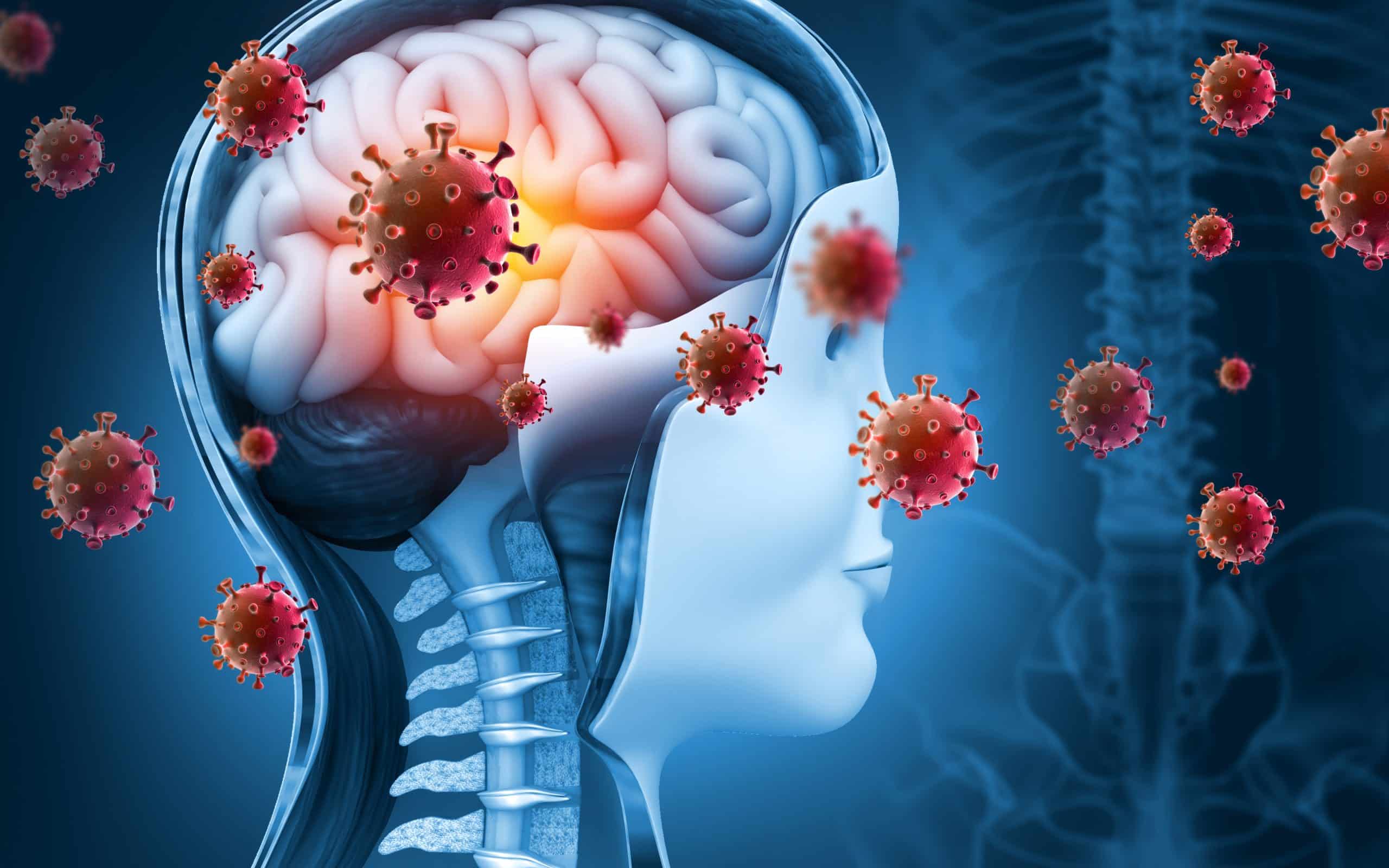WHO unveils first-ever guidelines on meningitis diagnosis and treatment
April 14, 2025 | Monday | News
The guidelines contribute to the broader Defeating Meningitis by 2030 Global Roadmap, adopted by WHO Member States in 2020
image credit- shutterstock
The World Health Organization (WHO) has published its first-ever global guidelines for meningitis diagnosis, treatment and care, aiming to speed up detection, ensure timely treatment, and improve long-term care for those affected. By bringing together the latest evidence-based recommendations, the guidelines provide a critical tool for reducing deaths and disability caused by the disease.
Despite effective treatments and vaccines against some forms of meningitis, the disease remains a significant global health threat. Bacterial meningitis is the most dangerous form and can become fatal within 24 hours. Many pathogens can cause meningitis with an estimated 2.5 million cases reported globally in 2019. This includes 1.6 million cases of bacterial meningitis which resulted in approximately 240 000 deaths.
The new guidelines provide evidence-based recommendations for the clinical management of children over one month of age, adolescents, and adults with acute community-acquired meningitis.
They address all aspects of clinical care, including diagnosis, antibiotic therapy, adjunctive treatment, supportive care, and management of long-term effects. Given the similarities in clinical presentation, diagnosis and management approaches across different forms of acute community-acquired meningitis, the guidelines address both bacterial and viral causes.
The guidelines are intended for use by health-care professionals in first- and second-level facilities, including emergency, inpatient, and outpatient services. Policymakers, health planners, academic institutions, and civil society organizations can also use them to inform capacity-building, education, and research efforts.










